 |
 |
 |
 |
 |
|
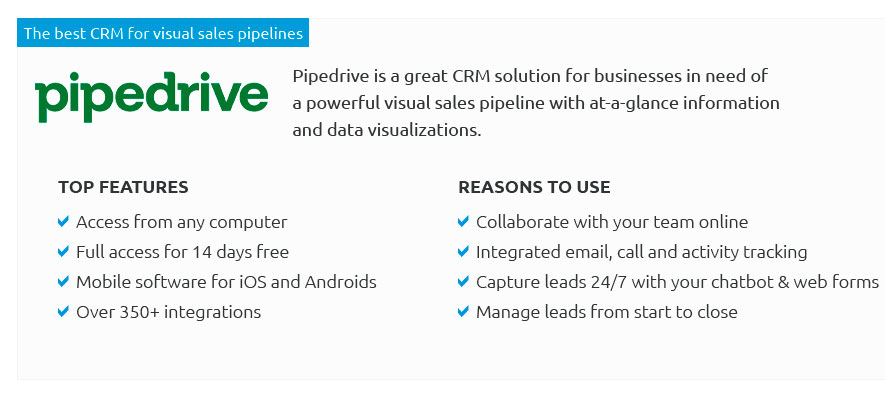 |
|
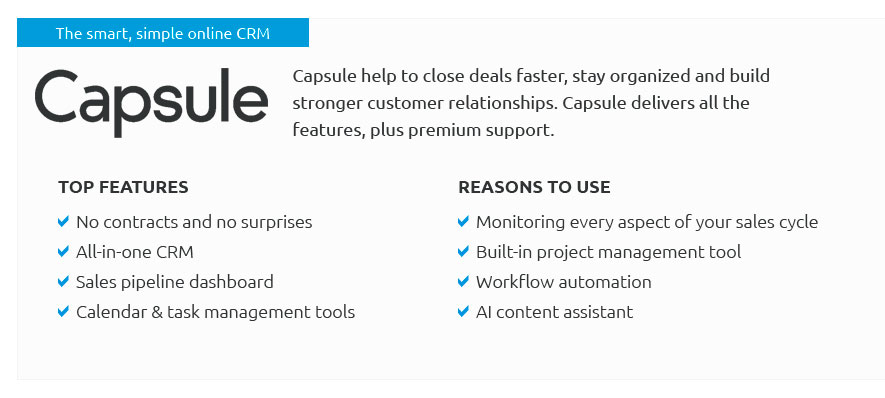 |
|
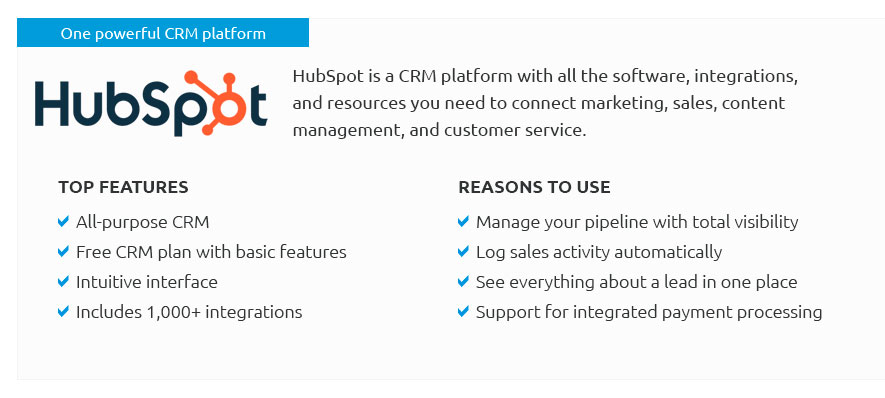 |
|
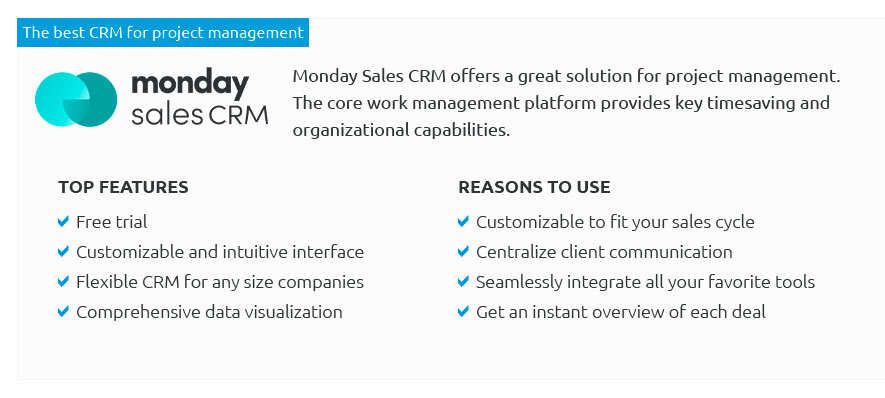 |
|
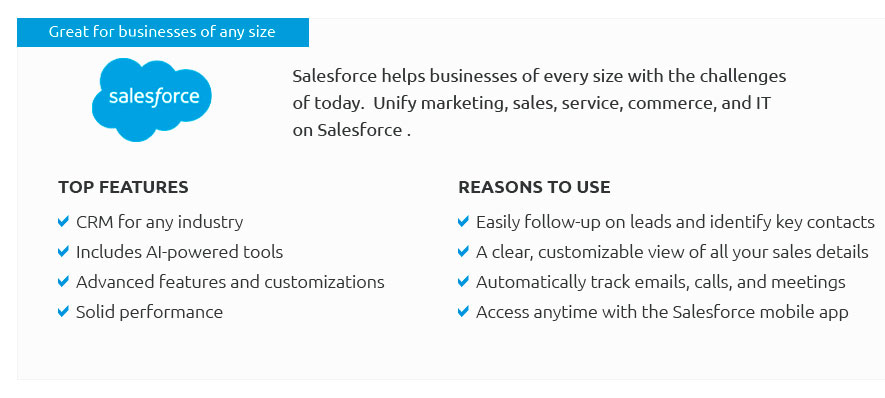 |
|
 |
 |
Understanding the Sales CRM Process Flow DiagramWhen diving into the world of customer relationship management, or CRM, one might find themselves facing a complex tapestry of processes and data flows, a key component of which is the Sales CRM Process Flow Diagram. This diagram serves as a visual roadmap, guiding sales teams through the intricate dance of client engagement, lead nurturing, and eventual conversion. Its importance cannot be understated, as it lays the foundation for efficient communication, streamlined operations, and ultimately, enhanced sales performance. In essence, a Sales CRM Process Flow Diagram is a graphical representation of the sales process, designed to map out each step in a clear and concise manner. From lead generation to the final sale, and even post-sale follow-ups, every interaction is meticulously detailed. This is not merely an organizational tool but a strategic asset that aligns the efforts of diverse departments towards a unified goal. The diagram often starts with the identification of leads, a critical first step that involves capturing potential customer data from various sources such as social media, email campaigns, and direct inquiries. Once leads are identified, the diagram outlines the process of lead qualification. Here, sales professionals assess the potential value of each lead, ensuring that time and resources are allocated efficiently. This phase often involves collaboration between sales and marketing teams, underscoring the importance of a CRM system that supports cross-functional communication. Following qualification, the diagram progresses to the nurturing phase, where personalized communication strategies are deployed to build relationships and address specific customer needs. This is where the art of salesmanship truly shines, as tailored messaging and strategic touchpoints are critical to moving prospects closer to a buying decision. The next segment of the flow diagram typically deals with negotiation and closing. Here, the focus shifts to overcoming objections, presenting compelling value propositions, and ultimately securing the deal. This stage is often depicted with multiple potential pathways, reflecting the various scenarios that can unfold during negotiations. Post-sale activities, such as delivery, implementation, and customer support, are also included, emphasizing the importance of maintaining customer satisfaction and fostering long-term loyalty. One of the subtle yet impactful aspects of a well-designed CRM process flow diagram is its ability to highlight bottlenecks and inefficiencies. By providing a bird’s-eye view of the sales process, it becomes easier to identify areas that require improvement, be it in communication, follow-up, or resource allocation. This diagnostic capability is invaluable for continuous process optimization, a hallmark of successful sales organizations.
In conclusion, while the Sales CRM Process Flow Diagram may seem like a simple tool, its impact on organizational effectiveness and customer satisfaction is profound. By visually encapsulating the sales journey, it empowers teams to operate with precision and purpose, ultimately driving business success in a competitive marketplace. https://creately.com/diagram/example/ih1zdpx31/crm-sales-flowchart-classic
CRM Sales Flowchart [classic]. by Creately User. Edit This Template. Use Creately's easy online diagram editor to edit this diagram, collaborate with others ... https://www.zenflowchart.com/guides/sales-process-flowchart-all-you-need-to-know
A sales process flowchart is a type of flowchart that summarizes the stages of a typical sales process. https://cobalt.net/sales-process-flowchart-essentials/
Sales Process Flowcharts: Start Here. You can build your sales process flowchart and outreach directly in D365 Sales, thanks to business process flows (BPFs) ...
|